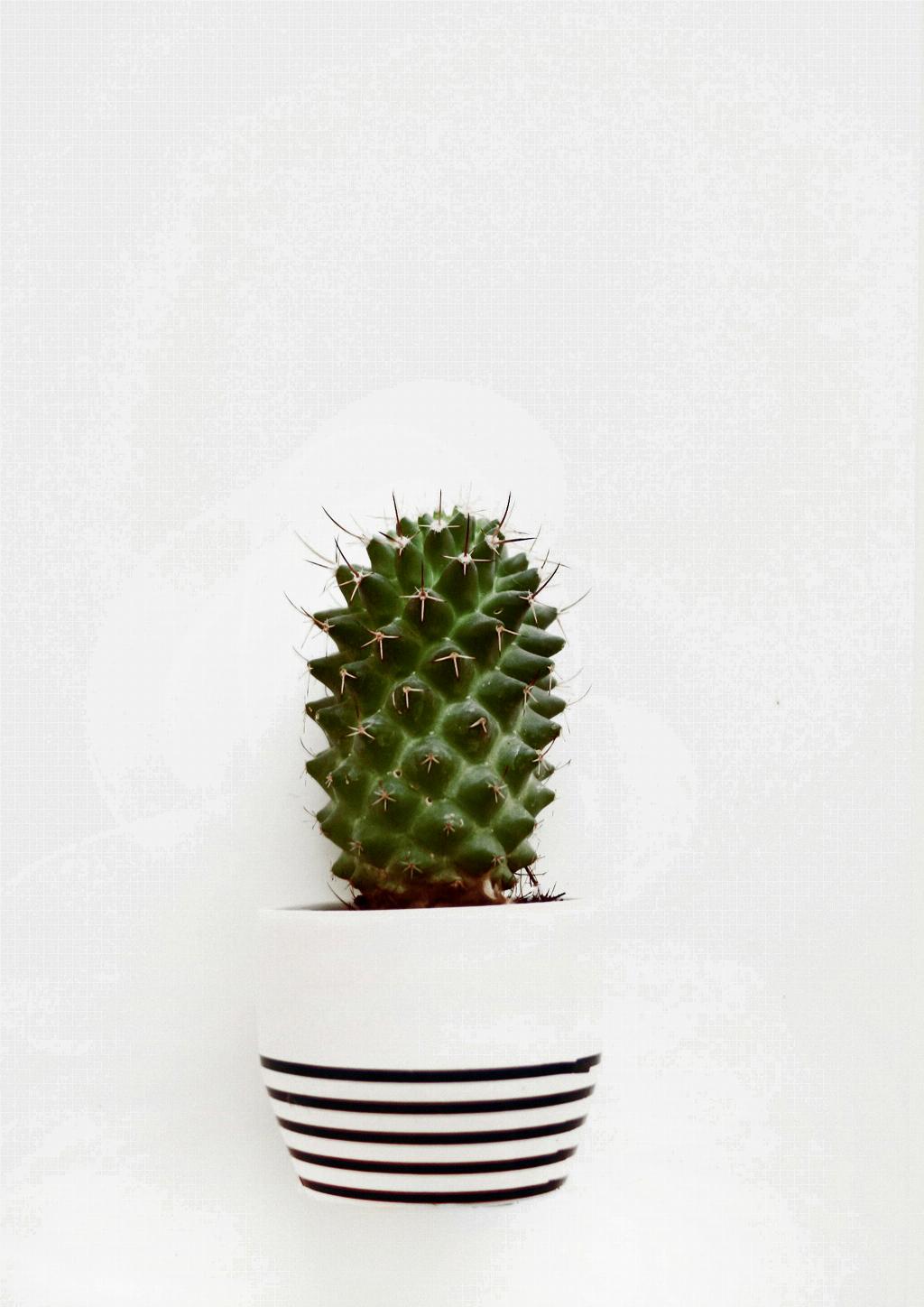When it comes to nurturing your Christmas cactus, fertilizing is a crucial aspect of its care routine. Understanding the right fertilization process can significantly impact the health and vibrancy of your plant. Let’s delve into the specifics of how to effectively fertilize your Christmas cactus to ensure its optimal growth and blooming potential.
One fundamental aspect to consider when fertilizing your Christmas cactus is the type of plant food you use. Opt for a balanced fertilizer with a composition of 20-20-20 or 10-10-10. These ratios indicate the percentage of nitrogen, phosphorus, and potassium in the fertilizer – essential nutrients for the plant’s overall health.
It’s crucial to dilute the plant food with water to 50% strength before applying it to your Christmas cactus. This dilution ensures that the plant receives an adequate amount of nutrients without risking over-fertilization, which can harm the plant’s delicate roots.
Timing is key when it comes to fertilizing your Christmas cactus. Once your plant has finished blooming, begin fertilizing it monthly with a magnesium sulfate solution. Prepare the solution by mixing one teaspoon of magnesium sulfate with one gallon of water, ensuring a balanced and nourishing blend for your plant.
While fertilizing your Christmas cactus, it’s essential to avoid applying the fertilizer in the same week as adding plant food. Giving your plant time to absorb the nutrients properly will prevent any nutrient imbalances and ensure that your Christmas cactus thrives in a healthy and conducive environment.
Proper fertilization can significantly impact the flowering potential of your Christmas cactus. By providing the plant with the essential nutrients it needs, you can promote robust growth and vibrant blooms, enhancing the overall beauty of your indoor garden or living space.
Remember to monitor your Christmas cactus closely after fertilization. Observe any changes in its growth patterns, leaf color, or blooming frequency, as these can serve as indicators of the plant’s health and nutritional needs. Adjust your fertilization routine accordingly to ensure optimal growth and vitality.
Consistency is key when it comes to fertilizing your Christmas cactus. Establishing a regular fertilization schedule and sticking to it will help maintain the plant’s health and vigor over the long term. Consistent nourishment will support robust growth and abundant flowering, allowing you to enjoy the beauty of your Christmas cactus year after year.
While fertilizing is essential for the health of your Christmas cactus, it’s equally important not to overdo it. Avoid excessive fertilization, as this can lead to nutrient imbalances, root damage, and overall stress on the plant. Moderation is key to maintaining a healthy and thriving Christmas cactus.
When fertilizing your Christmas cactus, always follow the recommended guidelines and dosage instructions provided by the plant food manufacturer. Overdosing can be detrimental to your plant’s health, so it’s crucial to use the right amount of fertilizer and ensure proper dilution for optimal absorption and utilization by the plant.
Optimizing your Christmas cactus’s fertilization routine can have a significant impact on its overall well-being and longevity. By providing the plant with the nutrients it needs in a balanced and timely manner, you can support its growth, flowering, and overall vitality, creating a stunning centerpiece for your home or office space.
In conclusion, fertilizing your Christmas cactus involves selecting the right plant food, diluting it appropriately, timing the fertilization process correctly, and monitoring the plant’s response closely. By following these guidelines and providing your Christmas cactus with the care it deserves, you can ensure that it thrives and flourishes in your indoor environment, bringing joy and beauty throughout the holiday season and beyond.

